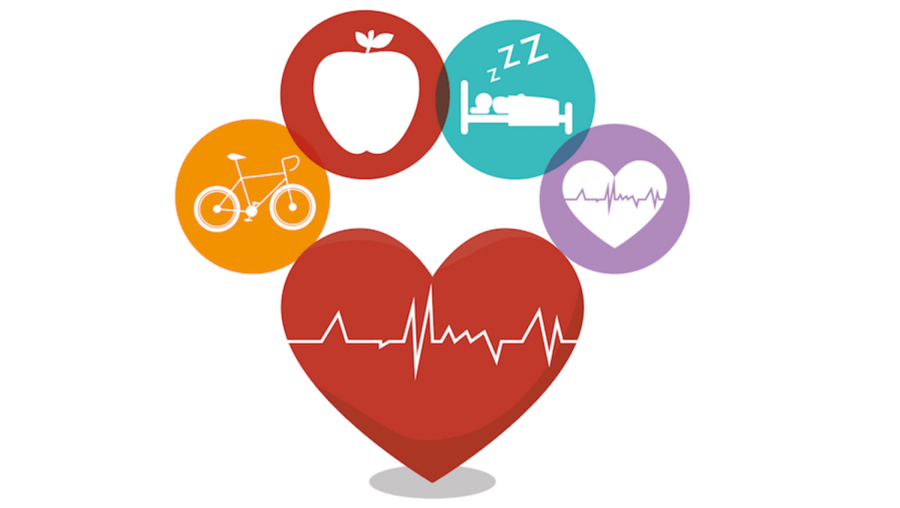The Significance of Post-Workout Recovery: A Holistic Approach to Fitness Optimization
This article explores the critical role of post-workout recovery in achieving optimal fitness outcomes. We will examine the multifaceted benefits of recovery, drawing upon established physiological principles and practical applications to enhance athletic performance and overall well-being. Key concepts discussed include muscle protein synthesis, the General Adaptation Syndrome (GAS), and the interplay between physical and mental recovery.
1. Muscle Repair and Hypertrophy: Intense exercise induces microtrauma within muscle fibers. Muscle protein synthesis (MPS), the process of rebuilding and repairing muscle tissue, is significantly enhanced through adequate post-workout recovery. Providing the body with sufficient nutrients, particularly protein and carbohydrates within the anabolic window (the period immediately following exercise), optimizes MPS and promotes muscle hypertrophy (growth). This aligns with the principles of exercise-induced muscle damage and subsequent repair as described in various exercise physiology models. For example, a well-timed post-workout meal containing sufficient protein can significantly accelerate recovery and muscle growth.
2. Energy Replenishment and Glycogen Resynthesis: Exercise depletes glycogen stores (the body's primary energy source) in muscles and the liver. Post-workout nutrition, focusing on carbohydrate intake, facilitates glycogen resynthesis, restoring energy levels and preventing fatigue. This is crucial for subsequent training sessions and overall performance. Failure to replenish glycogen stores can lead to decreased training intensity and increased risk of injury.
3. Mitigation of Muscle Soreness and Inflammation: Delayed-onset muscle soreness (DOMS) is a common experience after intense exercise. Strategies such as active recovery (light exercise), stretching, foam rolling, and cold-water immersion can reduce inflammation and alleviate DOMS. These methods help manage the inflammatory response, a natural part of the muscle repair process, but excessive inflammation can hinder recovery. The application of these recovery modalities follows the principles of reducing inflammation and improving tissue perfusion.
4. Injury Prevention and Reduced Risk of Overtraining: Adequate rest and recovery are crucial for injury prevention. The General Adaptation Syndrome (GAS) describes the body's response to stress, including exercise. Insufficient recovery can lead to overtraining, characterized by decreased performance, increased fatigue, and susceptibility to injury. Careful planning of training volume and intensity, along with appropriate rest periods, are essential for preventing overtraining and optimizing adaptation to exercise. This principle is directly applicable to the design of any structured training program.
5. Enhanced Immune Function and Sleep Quality: Intense exercise can transiently suppress the immune system. Sufficient rest and recovery are critical for immune restoration. Additionally, quality sleep is profoundly important for muscle repair and overall health. Many studies have demonstrated the close link between sleep duration and quality and immune function, as well as recovery from intense physical activity.
6. Psychological Well-being and Stress Management: Post-workout recovery extends beyond physical restoration to include mental well-being. Techniques like mindfulness, meditation, and stress-reduction practices can enhance mental clarity and reduce stress. The integration of these strategies into a recovery protocol aligns with holistic approaches to well-being, acknowledging the interconnectedness of physical and mental health.
7. Long-Term Athletic Development and Sustainability: Prioritizing post-workout recovery isn't merely about short-term gains; it's essential for long-term athletic development. A sustainable approach to training balances workload with recovery, ensuring that the athlete can consistently train at a high level without experiencing burnout or injury. This principle emphasizes the importance of long-term planning and the prevention of overuse injuries.
Conclusions and Recommendations: Post-workout recovery is not an optional addition to a fitness regimen but an integral component for achieving optimal results. A comprehensive recovery strategy should encompass nutritional interventions, active recovery modalities, and stress-management techniques. By understanding the physiological processes involved in recovery and applying evidence-based strategies, individuals can enhance their athletic performance, prevent injuries, and maintain long-term fitness. Further research could investigate personalized recovery strategies tailored to individual needs and training goals, considering factors such as genetics, training experience, and lifestyle.
Reader Pool: Considering the multifaceted benefits of post-workout recovery discussed in this article, how might incorporating a structured recovery plan into existing athletic training programs improve overall athlete well-being and performance?







No comments yet. Be the first to share your thoughts!